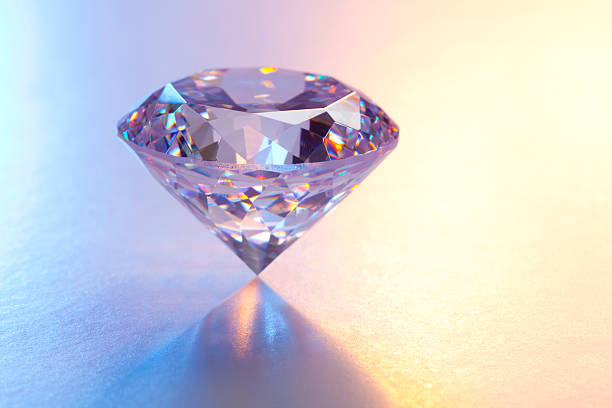What Makes Yellow Sapphire Stones Special All Entries

When most people hear the word "sapphire," yellow usually isn't the first color they visualize. Blue is the most common sapphire color, but overall the colors of this gem span a wide range. Within the yellow part of the color spectrum shades include yellow-green, orange, and gold. Yellow sapphire stones stand out as unique, which gives them extra special meaning for engagement rings.
Symbolism of Yellow Sapphire Stones
Sapphires of any color are traditionally associated with peace and prosperity. People who practice meditation link yellow sapphire stones to relaxation. Overall, these stones inspire feelings of happiness and vitality. They are also associated with knowledge, love, and making good judgments. Yellow is generally regarded as a cheerful color to most people, according to researchers of color psychology.
Due to the rising interest in yellow sapphire stones, they have increasingly appeared as center stones for engagement rings. Part of their appeal is that they are more affordable than yellow diamonds, yet have a similar appearance. Yellow sapphires can also be cut in more ways than yellow diamonds, allowing for more creative possibilities. If you like to mix colors, yellow works well in various color schemes with multiple gems.
One of the most sought after shades of yellow for sapphire is medium vibrant canary, which is on the brighter side. The value of yellow sapphire stones increases with brightness. These stones often have limited inclusions, which further contribute to value. Usually with sapphires, the cut is more crucial for light colors, as the cut determines the sparkle.
Natural vs. Treated Yellow Sapphire
A natural yellow sapphire owes its color to trace elements of iron. Sapphire is mostly composed of aluminum oxide. The more presence of iron, the more saturated the color. But even blue sapphires have only a trace amount of iron. Natural yellow sapphire stones typically originate from Sri Lanka, Tanzania, Madagascar, Thailand, and Australia.
As with other gems, colors of sapphire stones can be enhanced in a lab. Synthetic or treated gems of any kind typically don't hold as much value as natural specimens. Even so, people still seek them due to appearance and affordability. The gems are treated with low-level radiation or through lab-based irradiation.
If you decide to buy yellow sapphire stones from a jeweler, be sure to request viewing documentation to confirm their authenticity. An experienced gemologist can identify treated sapphires due to how feathered inclusions lose their definition from exposure to high temperature.
Remember that GIA-trained gemologists command the most credibility in the jewelry industry for evaluating gems. You'll get a more objective and accurate appraisal from a professional gemologist than a pawn shop clerk who lacks industry credentials.
Conclusion
Think about yellow sapphire stones the next time you have a craving for unique jewelry. As gifts, they have the power to surprise because of how yellow is such a stunning upbeat color. If you love sapphire, yellow is usually more affordable than blue or pink. Contact Ralph Mueller & Associates for more information.